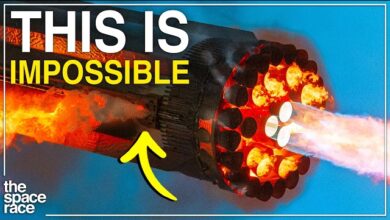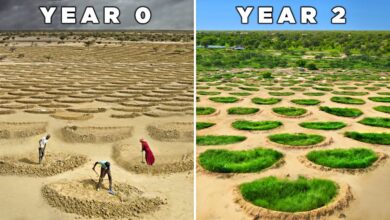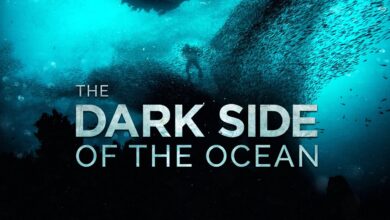U.S. Cut the Surface of the Land in Nevada And What They Found Shocked the World

If you look at countries with the largest lithium reserves, Chile leads the pack, followed by Australia, Argentina, China, and the United States. Chile has 9.3 million metric tons of lithium, while Australia has only 6.2 million, and the gap grows larger with Argentina at 3.6 million and China at 3 million.
What many don’t realize is how crucial lithium has become. Humanity has already passed through the Copper, Bronze, and Iron Ages, and we are now entering the Lithium Age. However, the distribution of lithium around the world is set to change dramatically, especially due to a small plot of land between Oregon and Nevada. This land has become the most valuable in all of America.
Usually, when a new resource is discovered in the 21st century, it’s in hard-to-reach areas like dense forests or deep ocean floors. But lithium has been found relatively easily in the U.S. In August 2023, a study revealed the possibility of discovering the world’s largest lithium deposit inside an ancient supervolcano, located between Oregon and Nevada. The McDermitt Caldera, an inactive volcano, might hold between 20 to 40 million metric tons of lithium in its clay beds, making it an ideal site for mining.
The mining project belongs to Lithium Nevada LLC, a subsidiary of Lithium Americas Corp. Upon the study’s release, Lithium America’s stock surged significantly. The company plans to start lithium extraction in 2026, and if the deposit is as large as expected, it could have major global consequences, particularly for the U.S. Lithium Americas aims to produce 66,000 tons of lithium annually at full capacity, covering about 25% of the global demand. The mine construction began in March 2023, and by 2028, full production is anticipated.
Lithium’s importance skyrocketed due to its critical role in battery technology, which powers electric vehicles and renewable energy storage. In 2021, global lithium consumption reached about 500,000 tons, and this is expected to exceed 3 million tons by 2030. The growing demand for lithium-ion batteries, central to the electric vehicle revolution, drives this surge. General Motors plans to stop selling gasoline-powered cars by 2035, and Audi aims for 2033, with projections showing that two-thirds of cars sold worldwide will be electric by 2040.
As the U.S. seeks to secure its lithium supply, it is heavily dependent on imports, particularly from Chile and Argentina, with around 70% of its lithium-ion batteries sourced from China. The U.S. is striving for independence, but existing lithium deposits, such as the Silver Peak mine in Nevada, don’t meet the growing demand.
Silver Peak produces only 5,000 tons annually, less than 2% of global supply. Other U.S. lithium deposits, such as in Maine and North Carolina, face legal, environmental, and logistical challenges, making the McDermitt Caldera a vital new source.
This project will use innovative methods for lithium extraction from clay deposits, which haven’t been commercially done before. Hydraulic excavators will dig up clay, turning it into slurry, and then use block mining to refill sections of the quarry. Lithium Americas plans to use a sulfuric acid plant to break down the lithium clay, which could generate about 40% of the electricity needed for the plant.
While this project could transform the U.S. lithium industry, it has sparked controversy. The site lies on sacred land for local Native American tribes, and the process of extraction raises environmental concerns, including water usage and pollution. The extraction process can create significant emissions and use vast amounts of water, leading to protests from environmental and tribal groups.
In conclusion, the U.S. is preparing for a lithium boom, with multiple projects planned to significantly increase domestic production. However, the social, environmental, and political issues surrounding these projects highlight the complex challenges of meeting the world’s growing demand for lithium.








